
Piercing the veil
A new exhibition at Buxton Contemporary finds a rich complexity in the shadowy terrain between life and death.
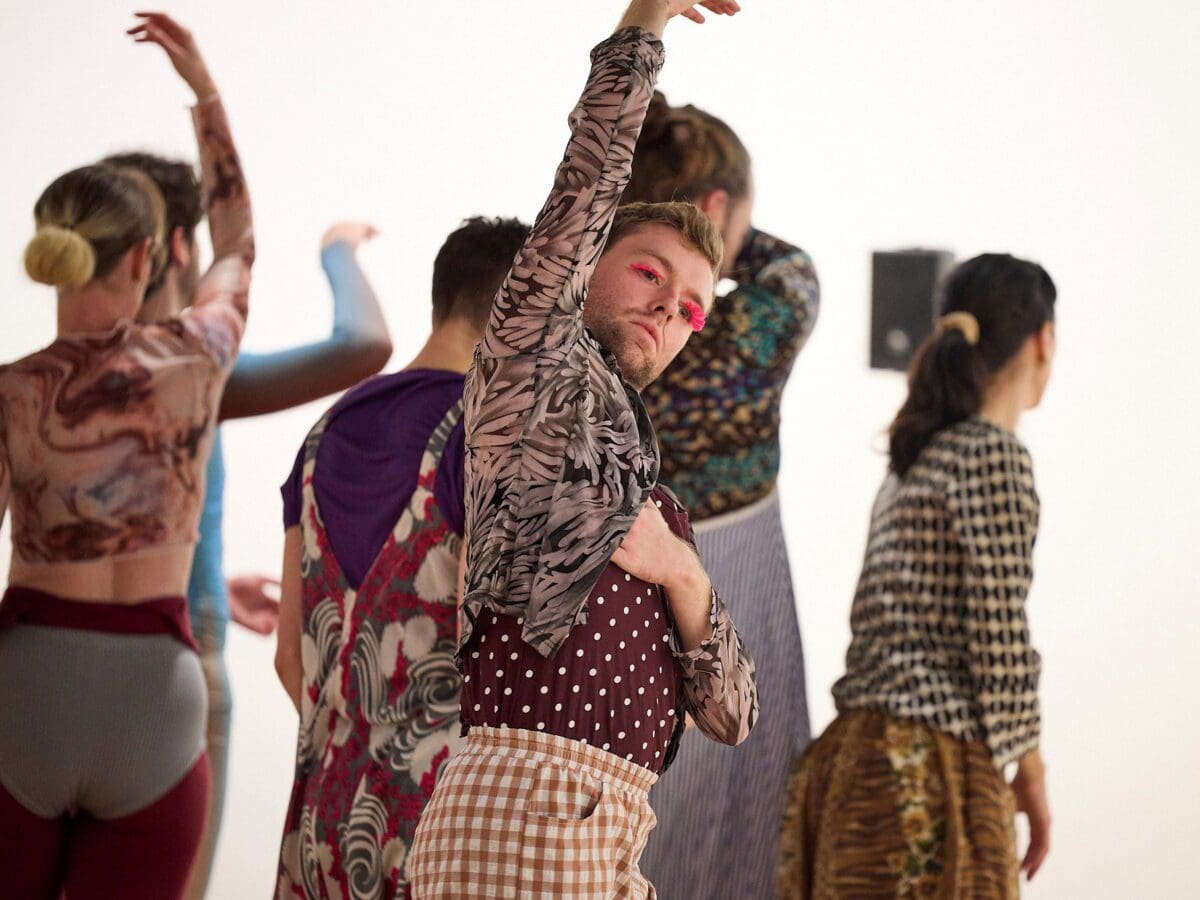
Shelley Lasica, WHEN I AM NOT THERE, 2022-23, co-commissioned by Monash University Museum of Art, Melbourne, and the Art Gallery of New South Wales, Sydney, supported by the Australian Government through the Australian Research Council and the Art Gallery of New South Wales support partner Atelier © Shelley Lasica, photo © Art Gallery of New South Wales, Felicity Jenkins.

Shelley Lasica, WHEN I AM NOT THERE, 2022-23, co-commissioned by Monash University Museum of Art, Melbourne, and the Art Gallery of New South Wales, Sydney, supported by the Australian Government through the Australian Research Council and the Art Gallery of New South Wales support partner Atelier © Shelley Lasica, photo © Art Gallery of New South Wales, Felicity Jenkins.

Shelley Lasica, WHEN I AM NOT THERE, 2022-23, co-commissioned by Monash University Museum of Art, Melbourne, and the Art Gallery of New South Wales, Sydney, supported by the Australian Government through the Australian Research Council and the Art Gallery of New South Wales support partner Atelier © Shelley Lasica, photo © Art Gallery of New South Wales, Felicity Jenkins.
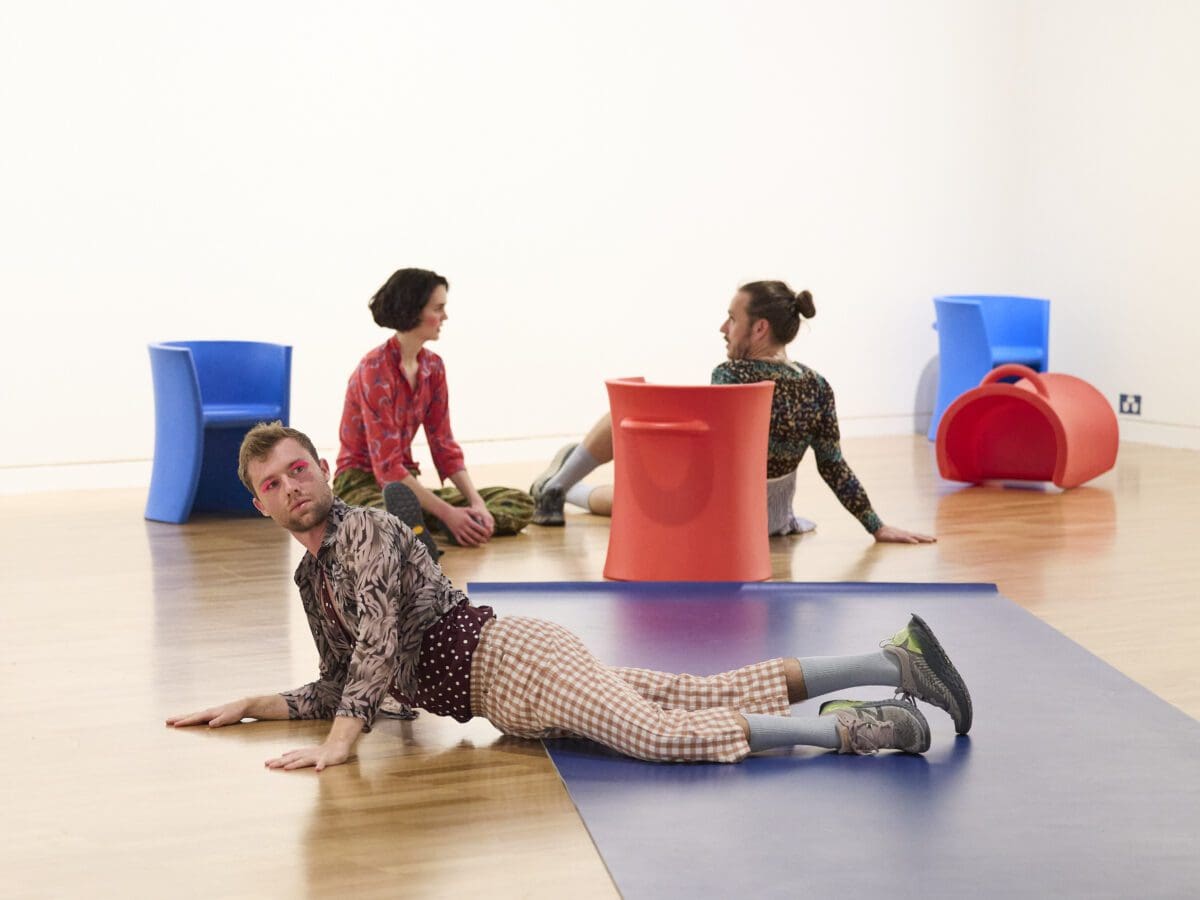
Shelley Lasica, WHEN I AM NOT THERE, 2022-23, co-commissioned by Monash University Museum of Art, Melbourne, and the Art Gallery of New South Wales, Sydney, supported by the Australian Government through the Australian Research Council and the Art Gallery of New South Wales support partner Atelier © Shelley Lasica, photo © Art Gallery of New South Wales, Felicity Jenkins.
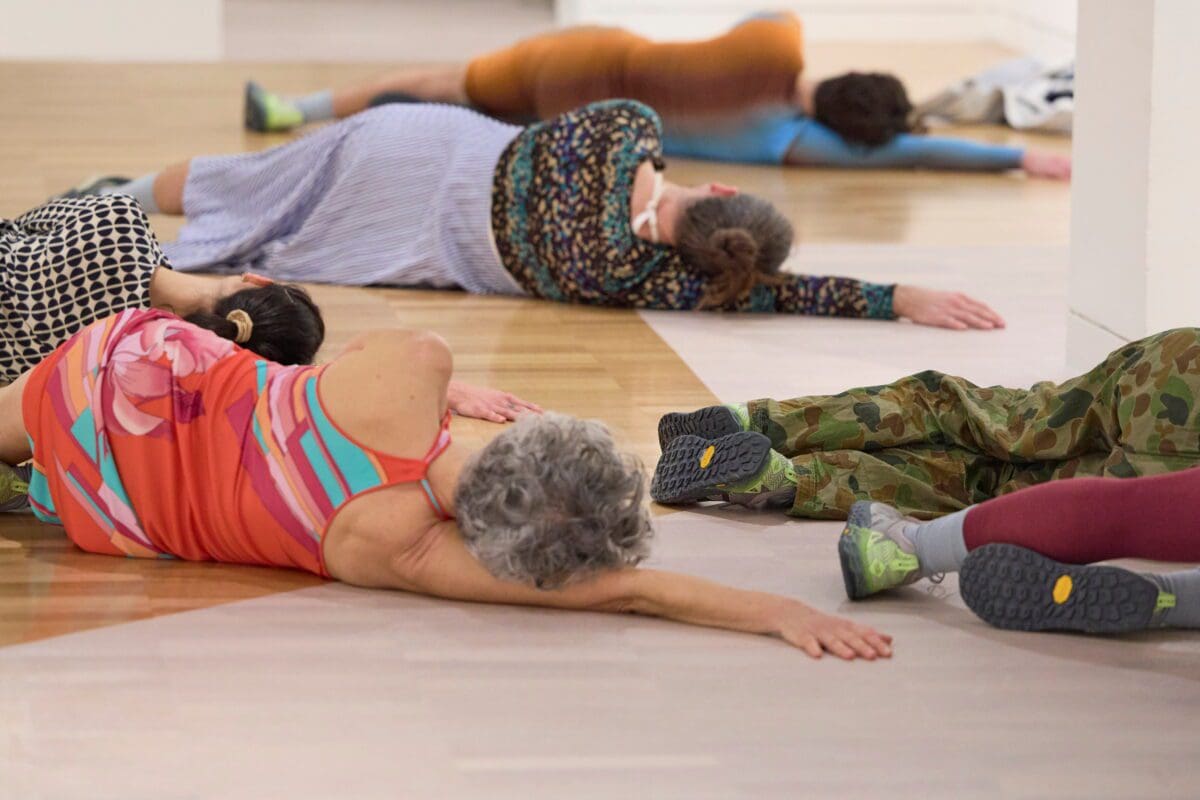
Shelley Lasica, WHEN I AM NOT THERE, 2022-23, co-commissioned by Monash University Museum of Art, Melbourne, and the Art Gallery of New South Wales, Sydney, supported by the Australian Government through the Australian Research Council and the Art Gallery of New South Wales support partner Atelier © Shelley Lasica, photo © Art Gallery of New South Wales, Felicity Jenkins.

Shelley Lasica, WHEN I AM NOT THERE, 2022-23, co-commissioned by Monash University Museum of Art, Melbourne, and the Art Gallery of New South Wales, Sydney, supported by the Australian Government through the Australian Research Council and the Art Gallery of New South Wales support partner Atelier © Shelley Lasica, photo © Art Gallery of New South Wales, Felicity Jenkins.
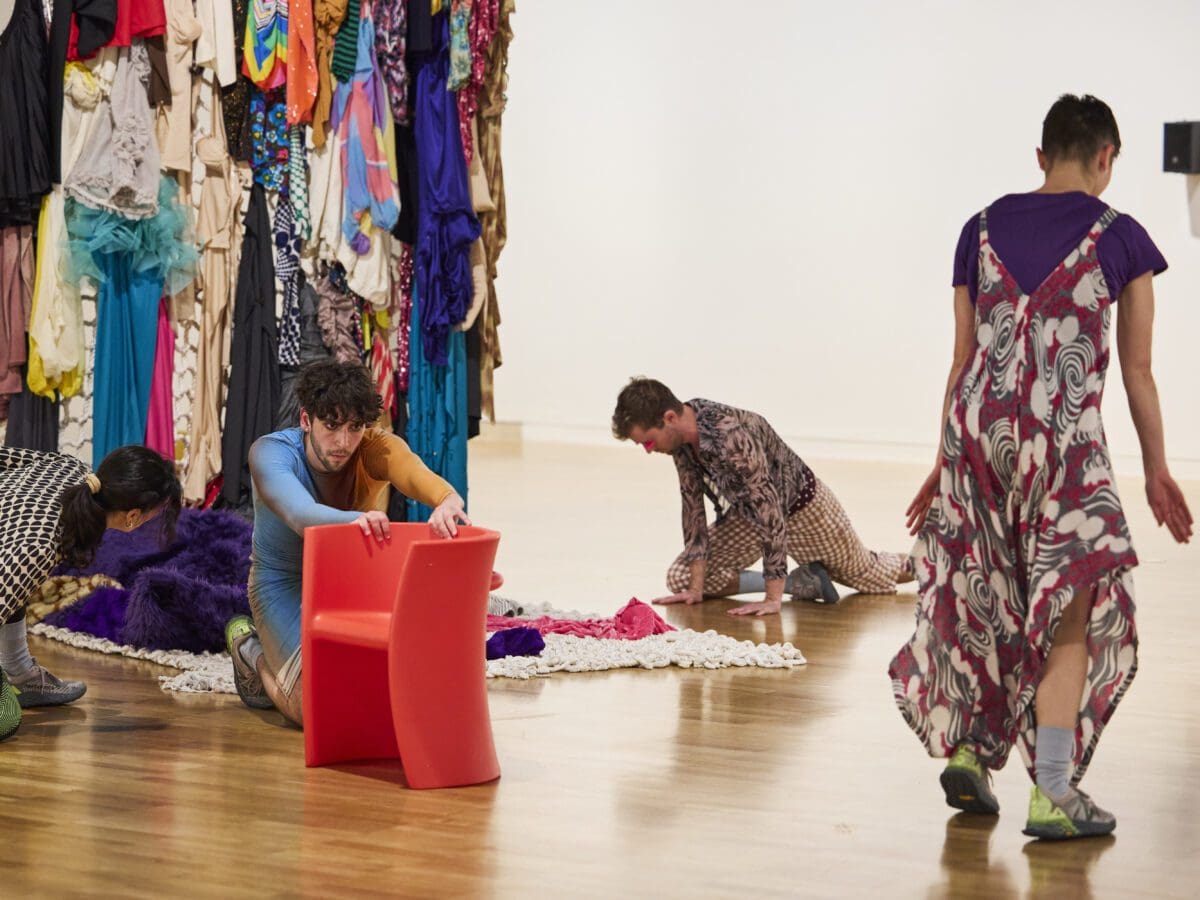
Shelley Lasica, WHEN I AM NOT THERE, 2022-23, co-commissioned by Monash University Museum of Art, Melbourne, and the Art Gallery of New South Wales, Sydney, supported by the Australian Government through the Australian Research Council and the Art Gallery of New South Wales support partner Atelier © Shelley Lasica, photo © Art Gallery of New South Wales, Felicity Jenkins.

Shelley Lasica, WHEN I AM NOT THERE, 2022-23, co-commissioned by Monash University Museum of Art, Melbourne, and the Art Gallery of New South Wales, Sydney, supported by the Australian Government through the Australian Research Council and the Art Gallery of New South Wales support partner Atelier © Shelley Lasica, photo © Art Gallery of New South Wales, Felicity Jenkins.
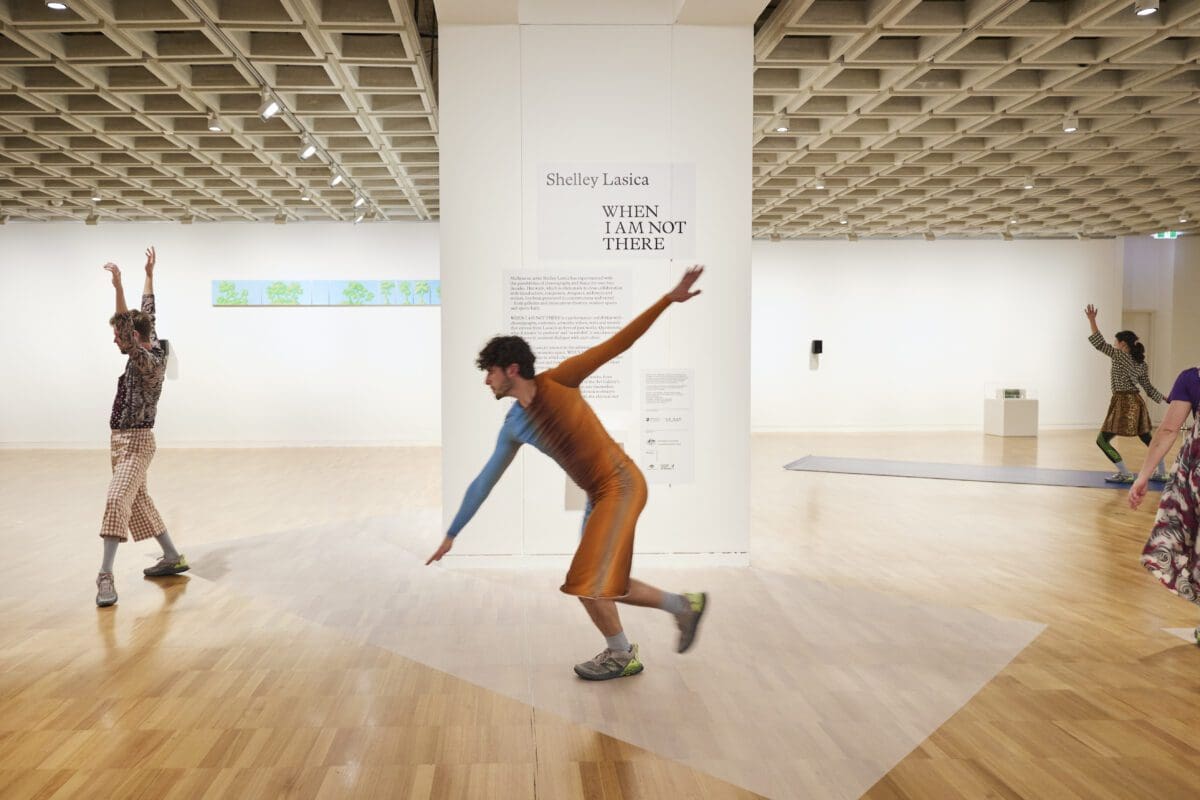
Shelley Lasica, WHEN I AM NOT THERE, 2022-23, co-commissioned by Monash University Museum of Art, Melbourne, and the Art Gallery of New South Wales, Sydney, supported by the Australian Government through the Australian Research Council and the Art Gallery of New South Wales support partner Atelier © Shelley Lasica, photo © Art Gallery of New South Wales, Felicity Jenkins.
If a painting jumped off the wall and came alive, it would look a lot like Shelley Lasica’s performance-exhibition, WHEN I AM NOT THERE. Creating new work that draws upon her extensive four-decade choreographic archive, Lasica immerses us in a meticulously crafted world; a glimpse of what it might look like to fall into a network of intertwining thoughts.
Conceived over three years, Lasica’s ambitious durational performance animates the gallery, melding dance, choreography, vibrant sculptural costumes, objects, text and soundscapes. It was first performed at Monash University Museum and Gallery late last year, and is currently presenting at the Art Gallery of New South Wales (AGNSW) where it’s being performed continuously for two weeks during open hours, whether there is an audience or not.
WHEN I AM NOT THERE is delivered by Lasica and seven other performers, each carefully selected by the artist during the 2020 lockdowns. The group shared experiences and communicated through texts, notebooks, strolling conversations, and postal exchanges. Lasica established common discussion areas and encouraged dialogue—but not answers.
These exchanges inform dance gestures, as do interpretations of simple actions such as reading a book, or drinking from a cup. Lasica appreciates how, “All the performers bring with them their techné, their experiences and interests, as they establish their relationship to the work and their agency within it.”
When I spoke to Lasica on a blustery day, she was getting ready to leave her home in Melbourne, setting off for Sydney where she will spend three weeks preparing and then presenting WHEN I AM NOT THERE. Our conversation meandered; she was curious and precise, chatting about where visual art, fashion, and architecture intersect, and how interdisciplinary conversations shape her work.
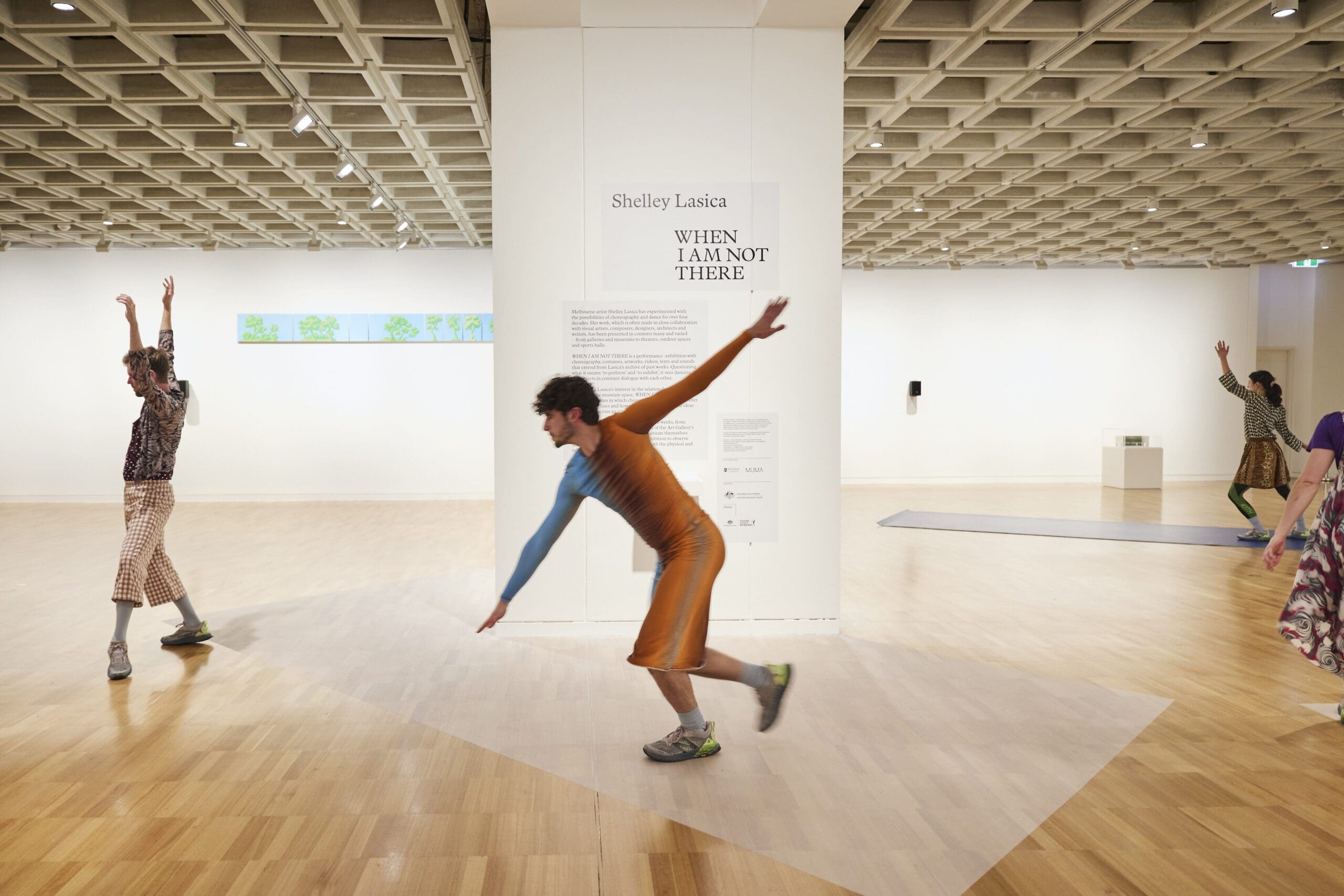
What became apparent is how cracks and collisions fascinate Lasica. She scrutinises converging disciplines and the places they intersect, calling these moments “slippages”. She invites conversations that centre play, unveiling something new and indeterminate.
Collaboration has been central for Lasica, and for the AGNSW piece she has revived previously commissioned artworks from former performances—some over three decades old. This includes Tony Clark’s bright graphic, 15-panel painting of trees titled Scenery, which was originally produced for Lasica’s BELIEVE, 1990-91. There is also Kathy Temin’s synthetic fur costume called untitled (costume), which comes from the 1996 performance CHARACTER, and Robyn McKenzie’s script written for ACTION SITUATION, 1999—although this has never been shared with an audience. In addition is a black-and-white video work by Callum Morton, produced for RESTRICTED SITUATION, 1999. These various works come together amidst an ambient soundscape by François Tétaz.
Alongside connection, fashion and colour have always been important for Lasica. Even in the 1990s when there was a pull toward aesthetic simplicity in performance, she continued to play with clothing and costume. For Lasica, “Choreography has the possibility to invite people to apprehend in a particular way that’s not only to do with a sensory or empathetic response, but is clearly a way of thinking as well. By setting up situations and making relationships to sound, music, between people, objects, spatial considerations, architectural situations, narratives, that may or may not be relevant. It allows audiences a lot of agency to be active participants.”
Lasica majored in art history at the University of Melbourne in the 1980s, though dance was deeply embedded in her upbringing. Her mother, Margaret Lasica, was a dancer, educator and choreographer, teaching her daughter modern dance and taking her to rehearsals and performances. As a teenager, Lasica saw Merce Cunningham’s dance company perform at the Adelaide Festival in 1976, it opened her mind to contextual and spatial possibilities.
These perspectives laid the groundwork for Lasica to experiment within her own practice as she emerged in the experimental artistic milieu of 1980s Melbourne. During the 1990s she began performing in artist-run spaces, commercial galleries and museums, shifting the audience from the traditional dance or theatre stage. This approach was relatively new at the time, although it’s now an emerging trend in the art world. In a gallery, an audience has agency to engage with a work from multiple perspectives, free in theory to move with the work, often tending to cling to walls.
WHEN I AM NOT THERE looks to the past, present and future at the same time, reflecting on what dance is, might do, and how it fits into a museum context. Lasica’s choreographic approach begs for more conversations, for the arts to come together in an indeterminate dance of discovery.
WHEN I AM NOT THERE
Shelley Lasica
Art Gallery of New South Wales
(Sydney NSW)
On now—4 June